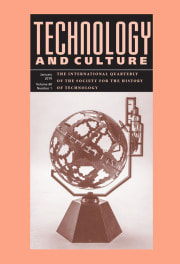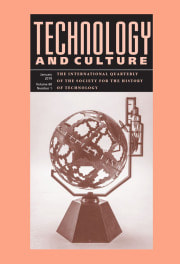Aiken, Katherine G. 2019. "The Environmental Coneqences Were Calamitous: Smelter Smoke Controversies in Progressive Era America, 1899-1918." Technology and Culture, The International Quarterly of the Society for the History of Technology (Johns Hopkins University Press) 60 (1): 132-164.
Review by Michael Beach
In this article, Katherine Aiken looks at legal battles between smelter operation companies and community organizations that sued for damage created by toxic smoke. Most of these organizations represented farmers, but the author includes the “four-way interaction among farmers, industrialists, government, and technology” (Aiken 2019, 134). Aiken speaks to claims and settlements, but since this journal is about technology, as one could guess, the primary focus is on technological ways smelter owners approached reducing particulate output. Her intention with the article is to “survey major smelter smoke battles with an emphasis on the intersection of industrial growth, engineering solutions to challenges, and the role of farmers and the government” (Aiken 2019, 135).
The specific systems developed included baghouses, large buildings filled with filtering bags that captured much of the particulate matter. A weakness to this approach is it was expensive and did not stop gasses. Two related solutions were to extend the location of smoke exhaust. In one version, large underground tunnels would be used to move the smoke away from locations with people and farms to less concerning (more remote) locations. The other was to build ever taller smokestacks so the particulates were spread more widely, having less affect in any one location.
Perhaps the most exotic approach was something called ‘electrostatic precipitation’ in which emissions were passed through an electric field that caused some of the gases to break into other compounds that had other uses. This was costly in terms of electricity generation, but some of the cost was offset by revenues created from sale of the chemical byproducts.
Social and financial forces were at odds with each other. They were also connected to each other. For example, Aiken shows how farmers’ claims were argued by the smelter companies to be exaggerated. Experts on both sides made their cases. Both groups had financial motivation. The technology was developed to lower the financial impact claims of farmers while minimizing cost to smelter operators.




 RSS Feed
RSS Feed